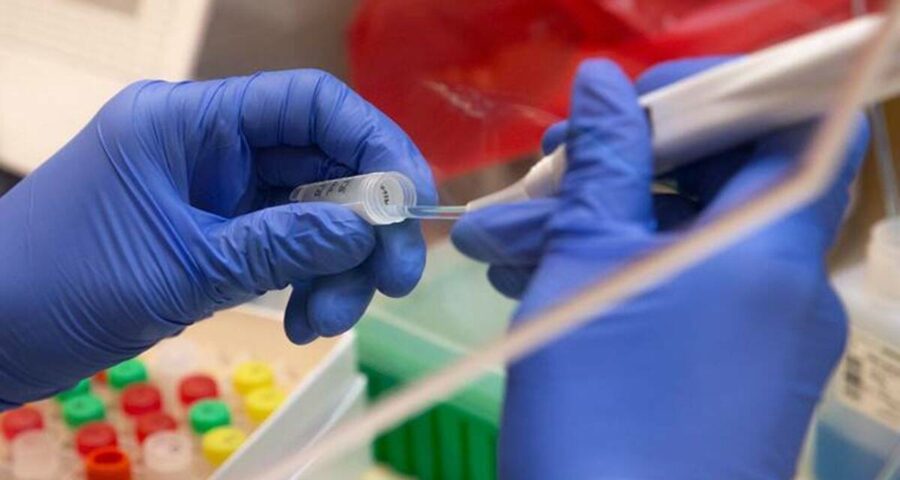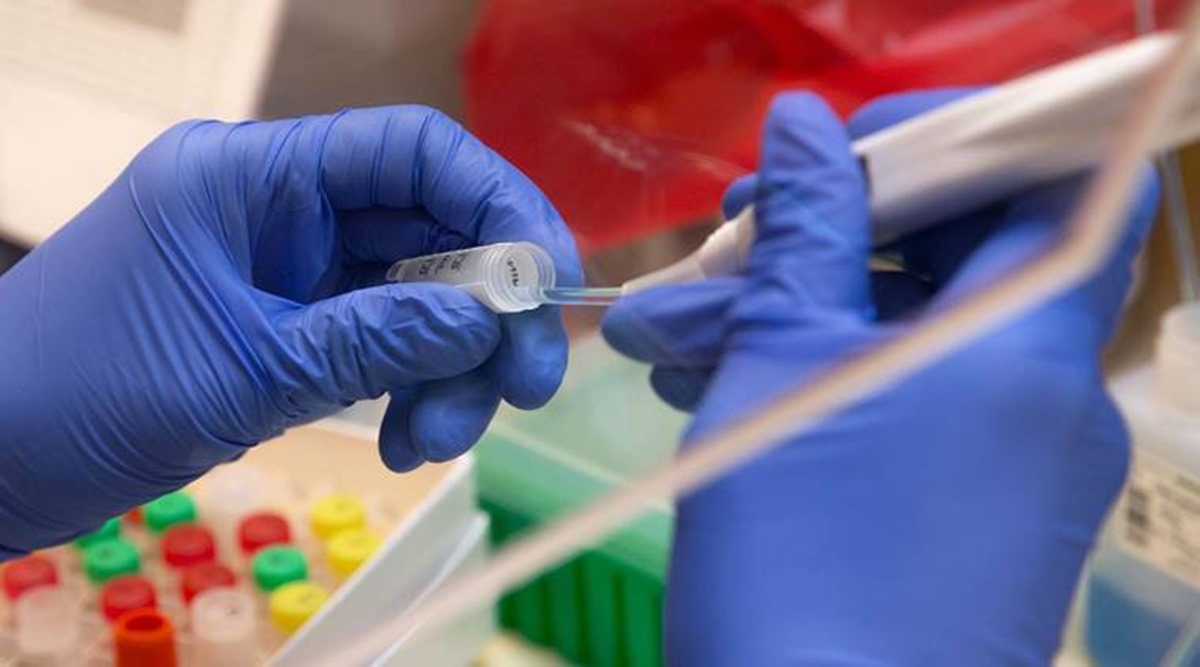Scientists say that in many of the urban centres, like Delhi, Mumbai or Pune, the disease prevalence, or the proportion of population infected by the virus, has already reached a level from where there will be a significant slowdown in further spread
On most days in the last week, Delhi has reported less than 500 new cases of coronavirus infections, something that has not happened since May last year. The numbers in Delhi have declined steadily for the last two months, beginning the second week November when the national capital had recorded the highest single day rise in coronavirus cases for any city.
The result is that Delhi now has less than 5,000 active cases. It does not even figure in the top 10 cities with highest number of active cases.
But Delhi is not alone. All the major urban centres which were the epicentres of the coronavirus pandemic in the country — Pune, Mumbai, Bengaluru, Chennai — are showing similar trends, and reporting a fraction of the cases that they used to do at their peaks.
Pune, which during its worst phase had been reporting close to 6,000 cases a day, is finding only about 500 cases every day now. In fact, it has been more than a month now that Pune’s average daily detection of cases has remained below 600.
Cities past peak?
In urban centres, like Delhi, Mumbai or Pune, once struggling against the coronavirus, the proportion of population infected by the virus may have already reached a level from where there will be a slowdown in further spread, indicating some community-level protection.
Similarly, Bengaluru, which had been powering the rapid spread of the disease in Karnataka in September and October, has slowed down considerably, resulting in a significant drop in the number of cases being reported by the state. For more than a week now, Karnataka has been reporting less than 1,000 cases every day, and Bengaluru is contributing between 300 and 400.
The numbers in Mumbai too have come down to between 400 and 500 every day, while in Chennai, they are firmly below 300 now.
However, Pune continues to have the largest number of active cases in any city right now, with more than 12,500 patients still to recover. In the middle of September, it had more than 80,000 active cases.
Like Delhi, even Chennai no longer figures in the top 10 cities with maximum number of active cases. This list is now dominated by cities in Kerala, which has added more infections than any other state in the last three months. Six of the 10 cities with maximum active cases — Ernakulam, Pathanamthitta, Kottayam, Thrissur, Kozhikode and Kollam — are in Kerala. The state itself has the highest number of active cases in the country right now, more than 62,000, or almost 25 per cent of the country’s active caseload.
Scientists say that in many of the urban centres, like Delhi, Mumbai or Pune, the disease prevalence, or the proportion of population infected by the virus, has already reached a level from where there will be a significant slowdown in further spread. In the absence of any sero-prevalence studies from recent weeks, the extent of disease prevalence is not known but it is possible that in some of these cities, 40 to 50 per cent of the population has already been infected.
The last round of such studies conducted in Pune, for example, had shown that not only had the disease prevalence in some areas gone beyond 50 per cent of the population, but also that, subsequently, the rate of spread had come down significantly, pointing to some community-level protection setting in.
Source: Read Full Article



